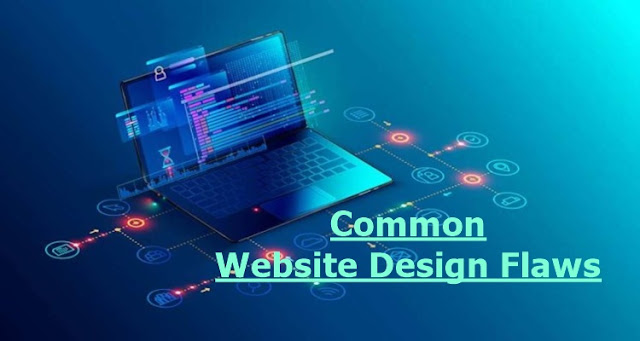Companies such as Wix and WordPress have made it easier than ever for your business to create a website. However, there’s a lot more to it than just getting the thing up and running. Creating a successful website takes tact and understanding of the online world.
First impressions are crucial on the internet, with Hubspot reporting that 93% of people leave a website if it is poorly designed. And as the human attention span is getting shorter and shorter, website designs are having to step up to the task of appealing to their consumers in their first few interactions via the site.
In order for your website to stand out amongst the millions of others, you need to have an understanding of the design flaws that plague businesses. Below, we’ve put together five common website design flaws that could be hurting your bottom line.
Lack of White Space
With the oncoming of the age of the internet, the idea of including white space on websites has been debated feverishly. But research shows that websites that incorporate white space into their design rather than throwing together different designs, pictures, and text are far more successful in garnering and keeping the traffic. An even amount of white space gives site confidence and maturity that entices users. Conversion tests have shown that somewhere between 520 and 550 pixels of white space are where website designs want to fall.
Complex Navigation
How easily a user can navigate your website can make or break your site entirely. If browsers feel lost or confused on your website, there’s a strong chance you won’t be able to retain or attract many others. This also relates back to the increasingly shortening attention span, users want to be able to quickly find the relevant information they came for. If they don’t, they’ll search elsewhere.
Keep the content on your website consistent. For example, if you’re constantly rearranging the homepage users may get confused or put off. People like consistency and will be drawn to visiting a site that they remember the layout of, especially if they have a good experience.
Not Optimizing SEO
Regardless of what your business offers, your target audience is almost definitely searching for it on google. Search engine optimization, or SEO, is the practice of identifying keywords and phrases your target audience will use when searching for services or products your business provides. But make sure you don’t go overboard and stuff your website with keywords. Over-optimization is off-putting and typically has the same effect as having no SEO. Another benefit of using SEO is that, unlike traditional ad campaigns, it’s a free way to appear on pages of various search engine results.
Poor User Experience on Mobile Devices
“Properly transferring one's website design to fit the landscape of mobile website design has proven to be incredibly difficult, and is one of the most commonly experienced website design flaws.” says Matt Bertram, CEO of EWR Digital, a web design company in Houston Texas. Poor user experience on a company mobile website directly correlates with loss of revenue, increased customer acquisition cost, and decreased overall productivity due to low traffic.
Mobile traffic has been at about 50% since 2017, making it a huge way that consumers are interacting with your website. This is why it’s important to optimize your web design for multiple devices in order for the content to work properly on devices such as iPhones & iPads, androids, etc. To do this, assess the navigation of your site, the text, the photos, and any other large content. There also may be a chance your website isn’t mobile responsive. If that’s the case, you may have to do something as simple as changing the theme of your site, or get down to the code and mess with it.
Slow Loading Speed
If your website takes longer than 3 seconds to load on a browser's end, it may end up costing you more than you think. Slow loading speeds are a contributing factor to why browsers change to other sites, and can even negatively affect your ranking in online search results.
There are a few ways to increase your loading speed. Be sure to optimize and reduce any images you have included on your site. If you have any plug-ins or add-ons, check if they’re lagging your site. Look into increasing the bandwidth of your website, this is what dictates how many browsers can be on your site at once. Unfortunately, sometimes it is just due to the WebHost you’ve chosen for your website, so it’s important to do research into the most reliable and best-fitting web host for your website's needs.
Other Article:

No comments:
Post a Comment